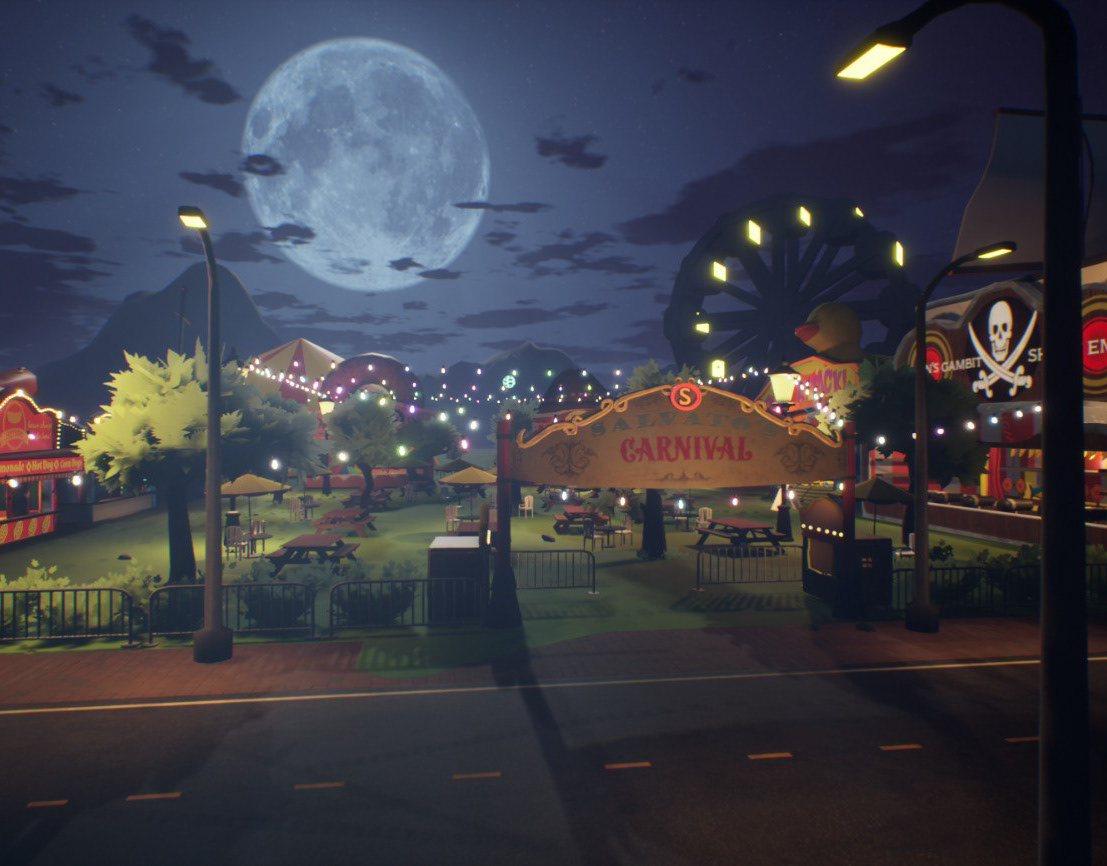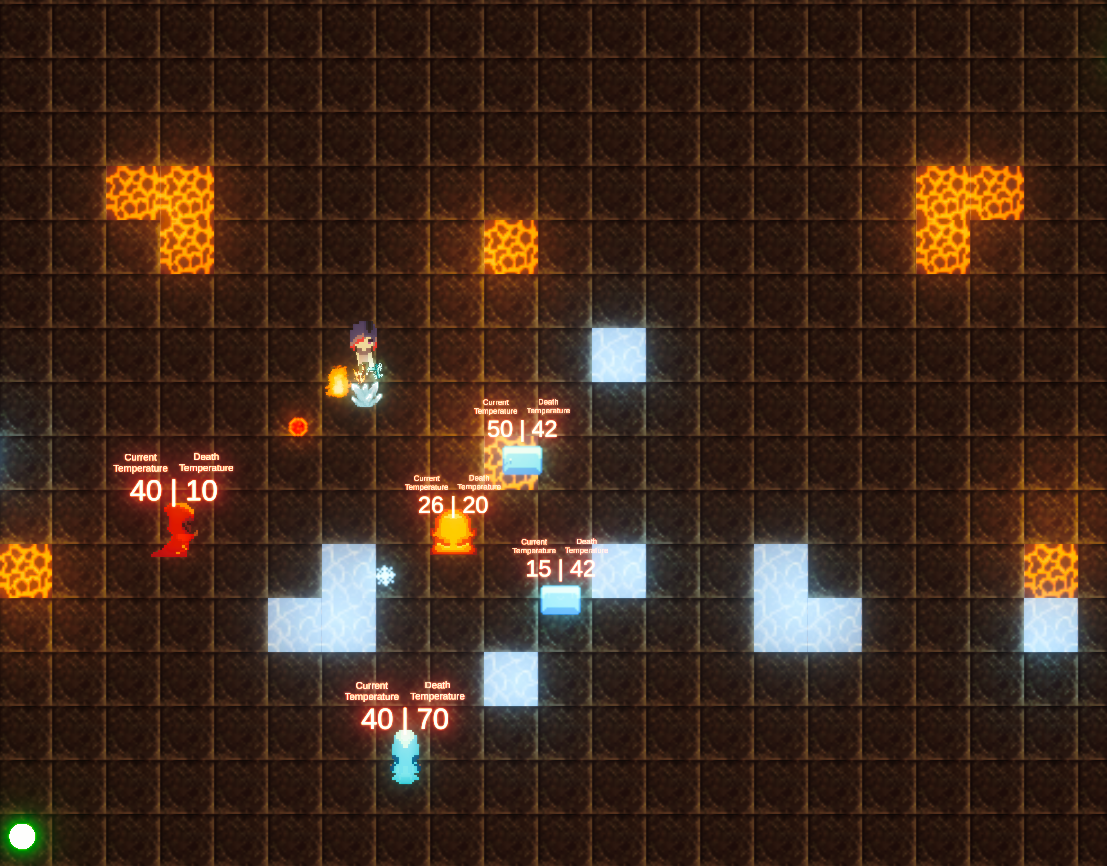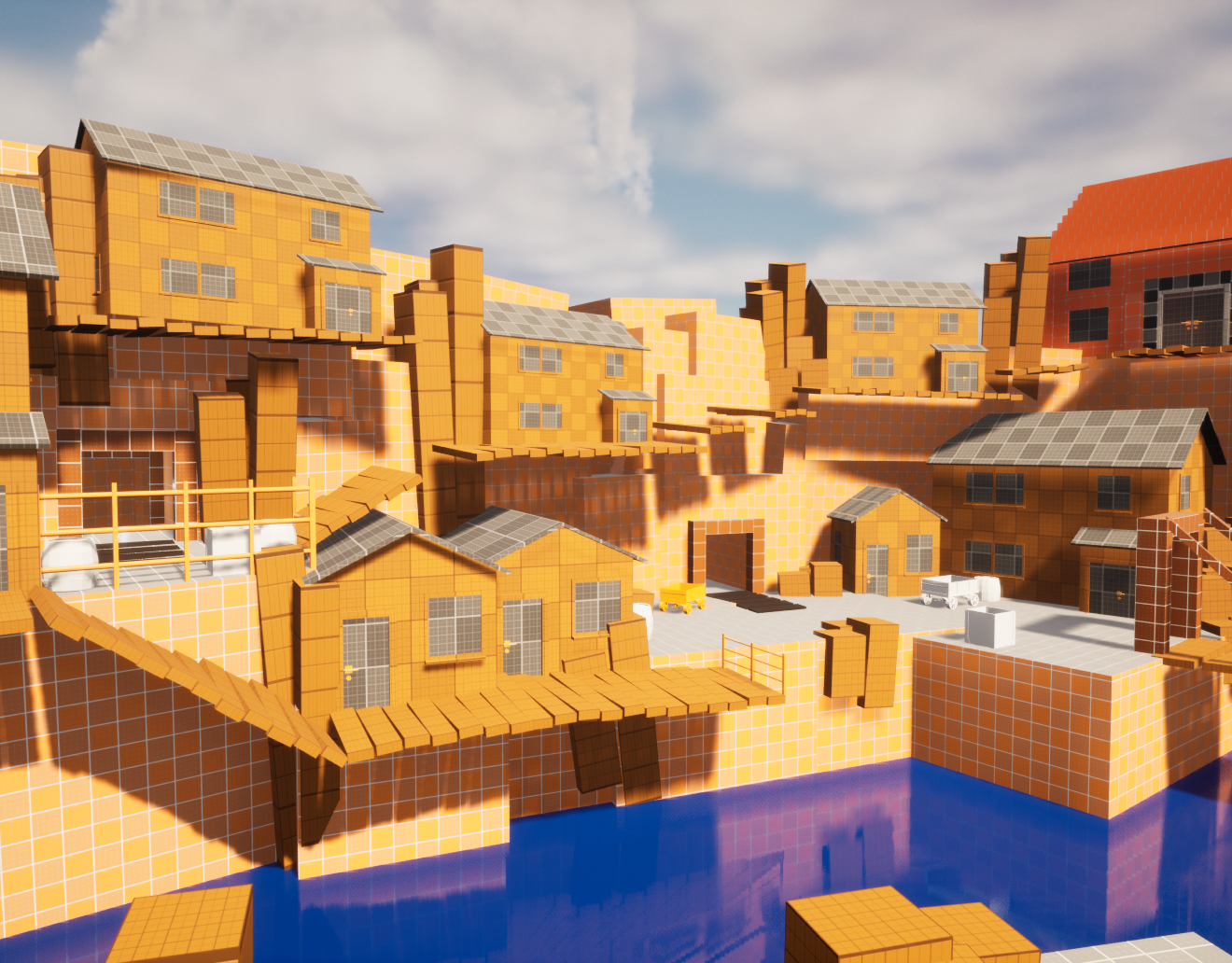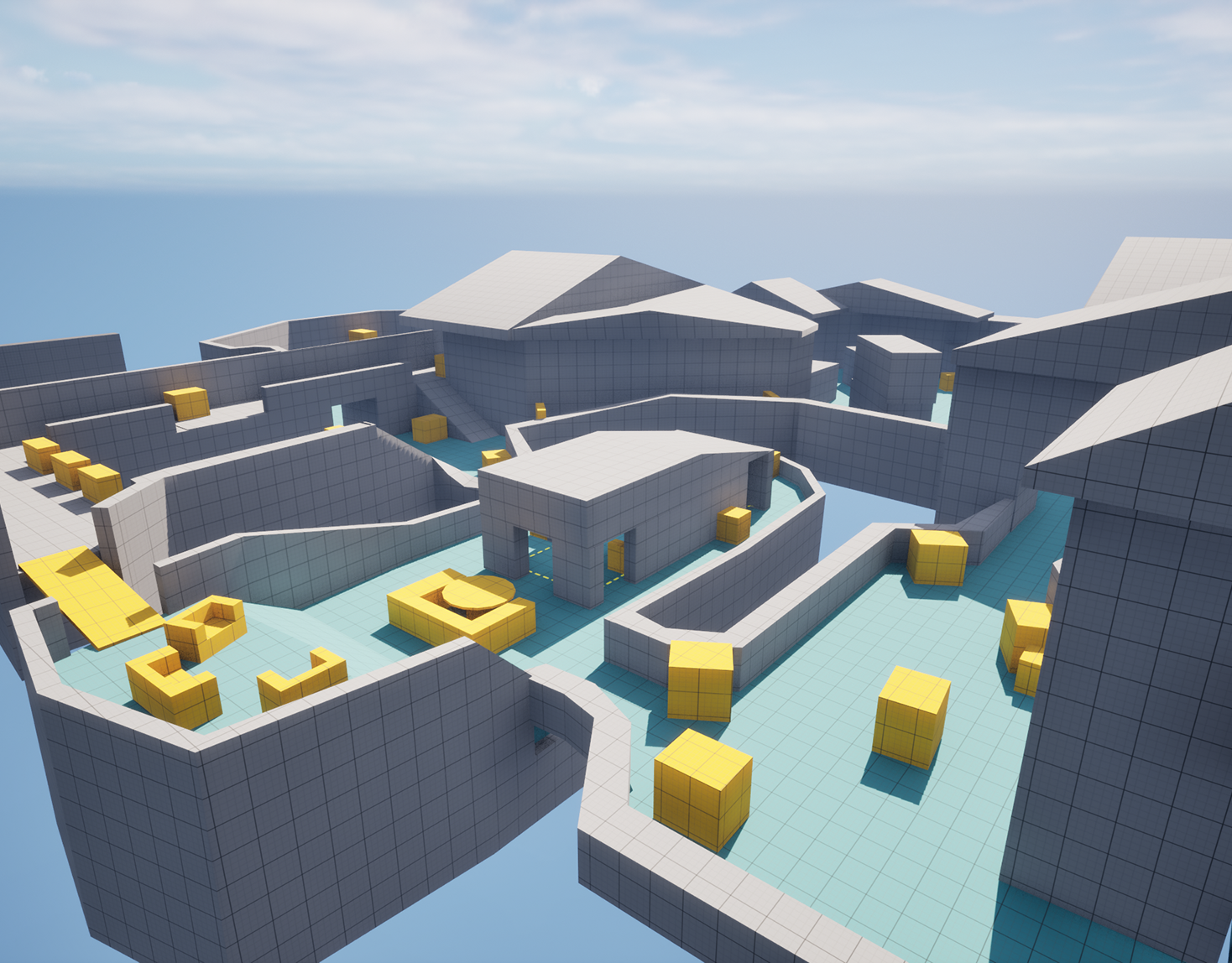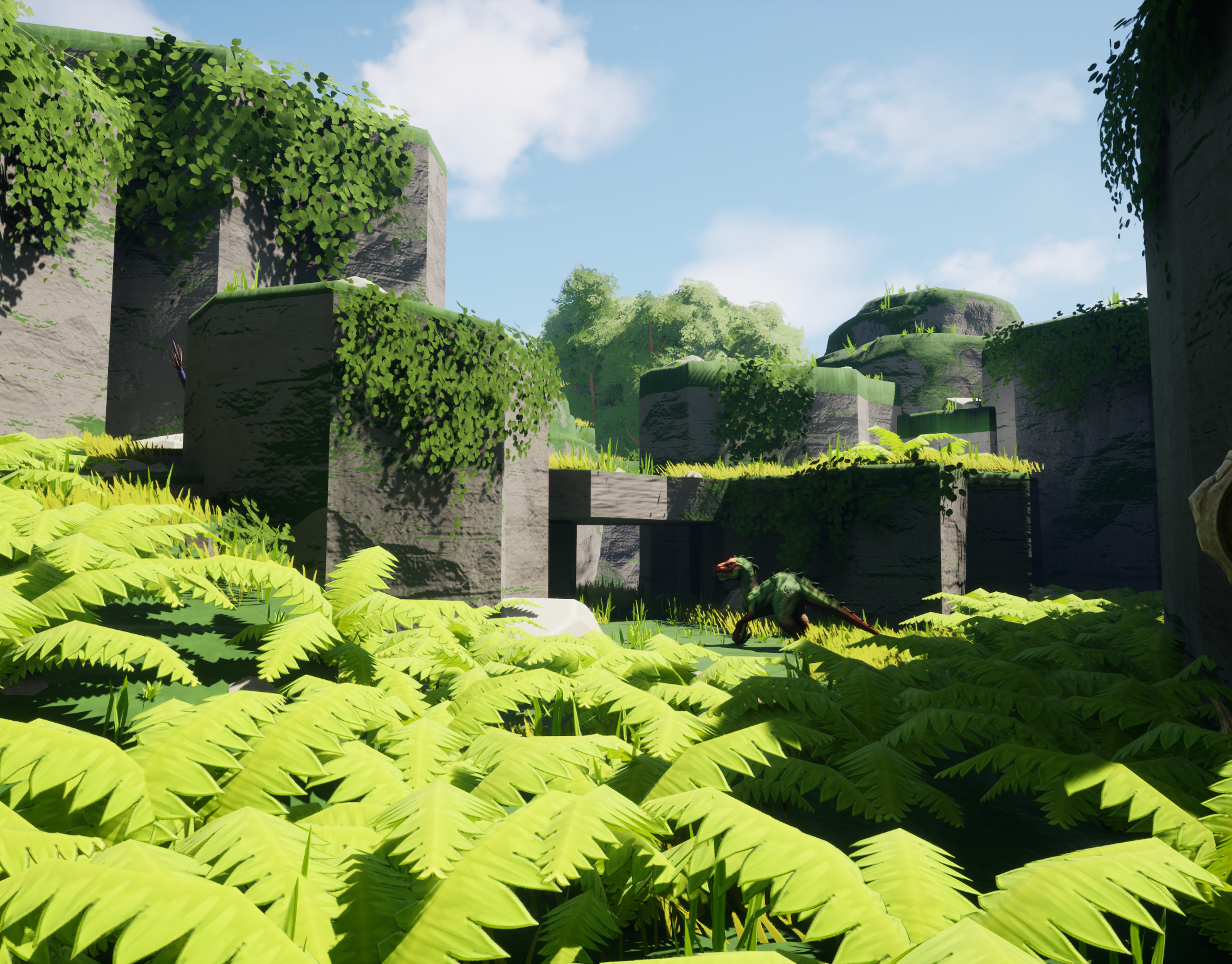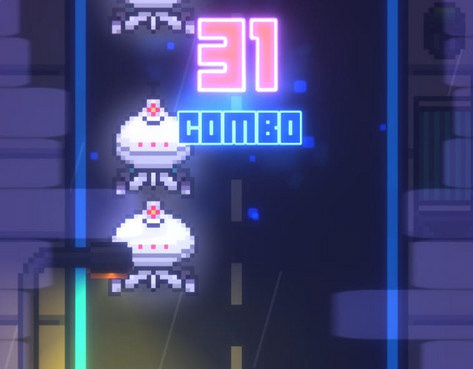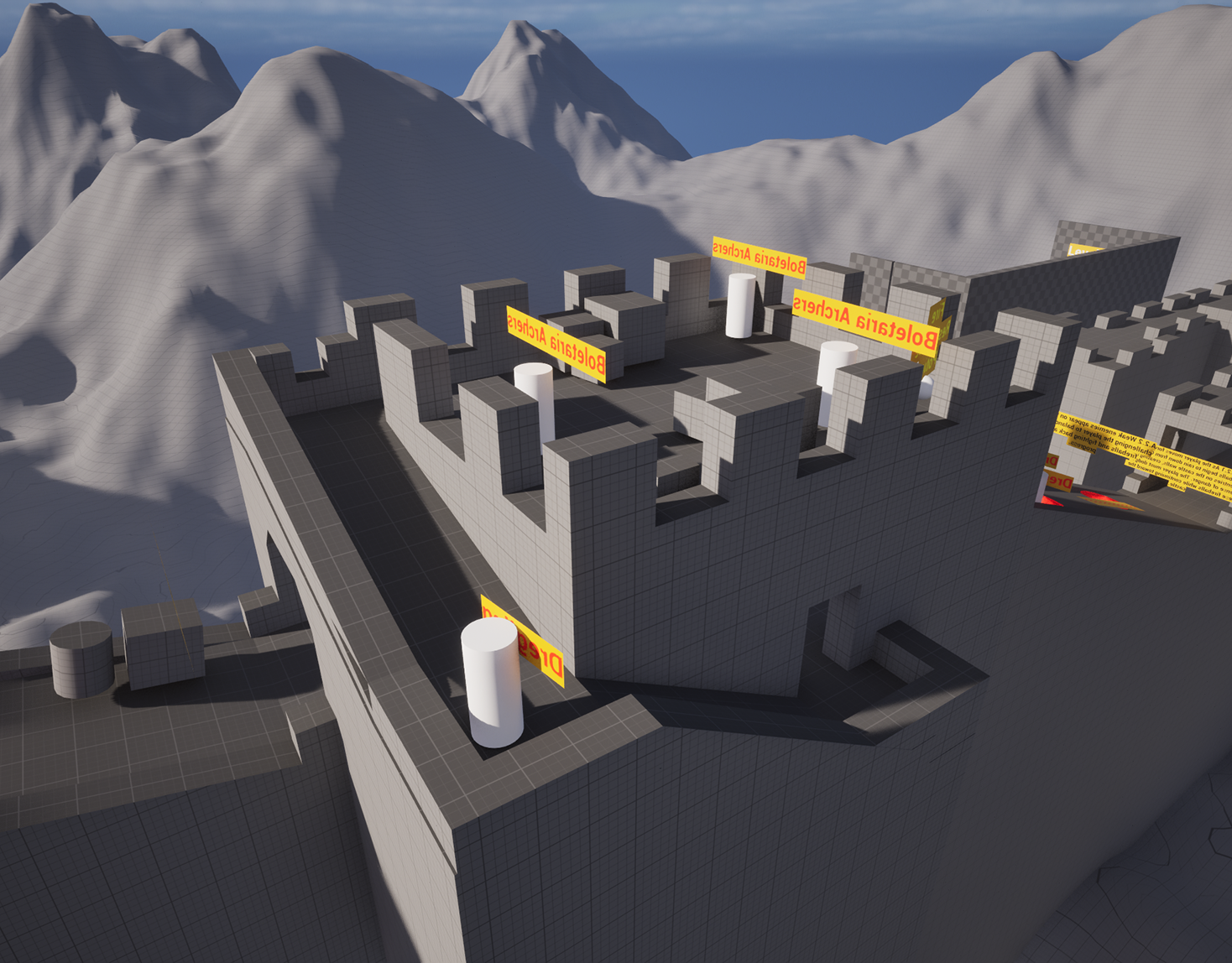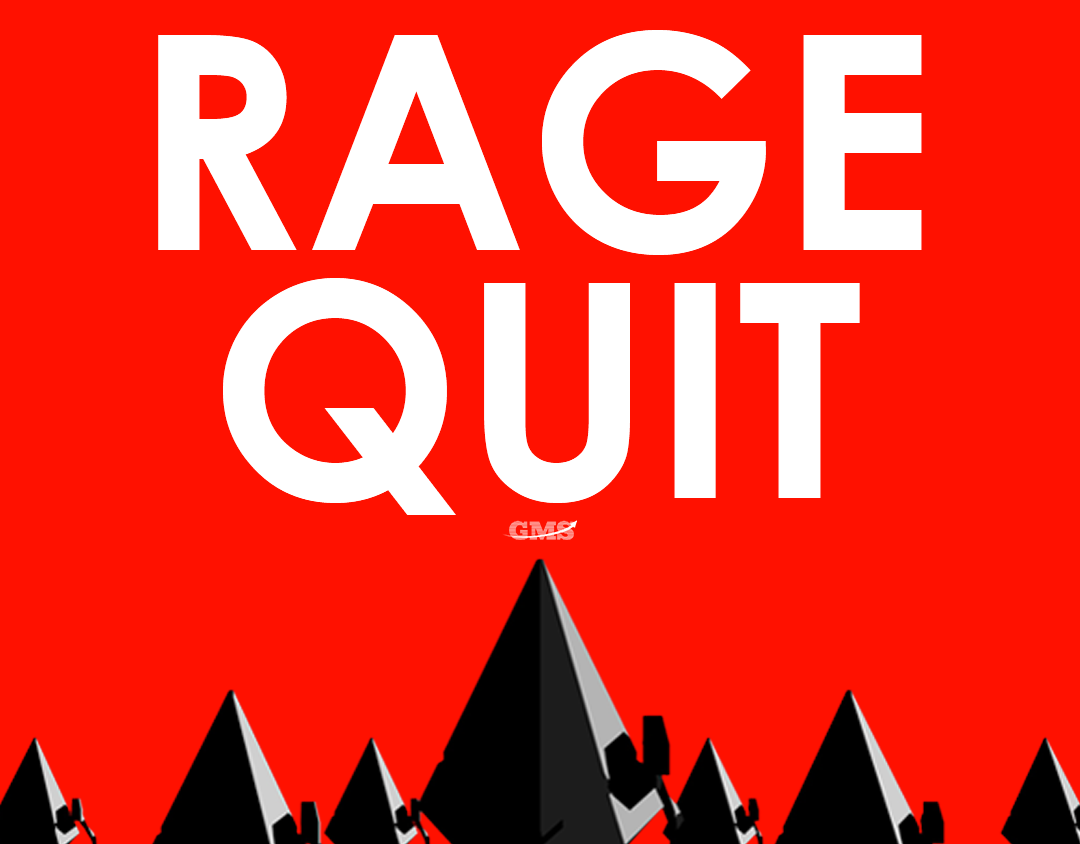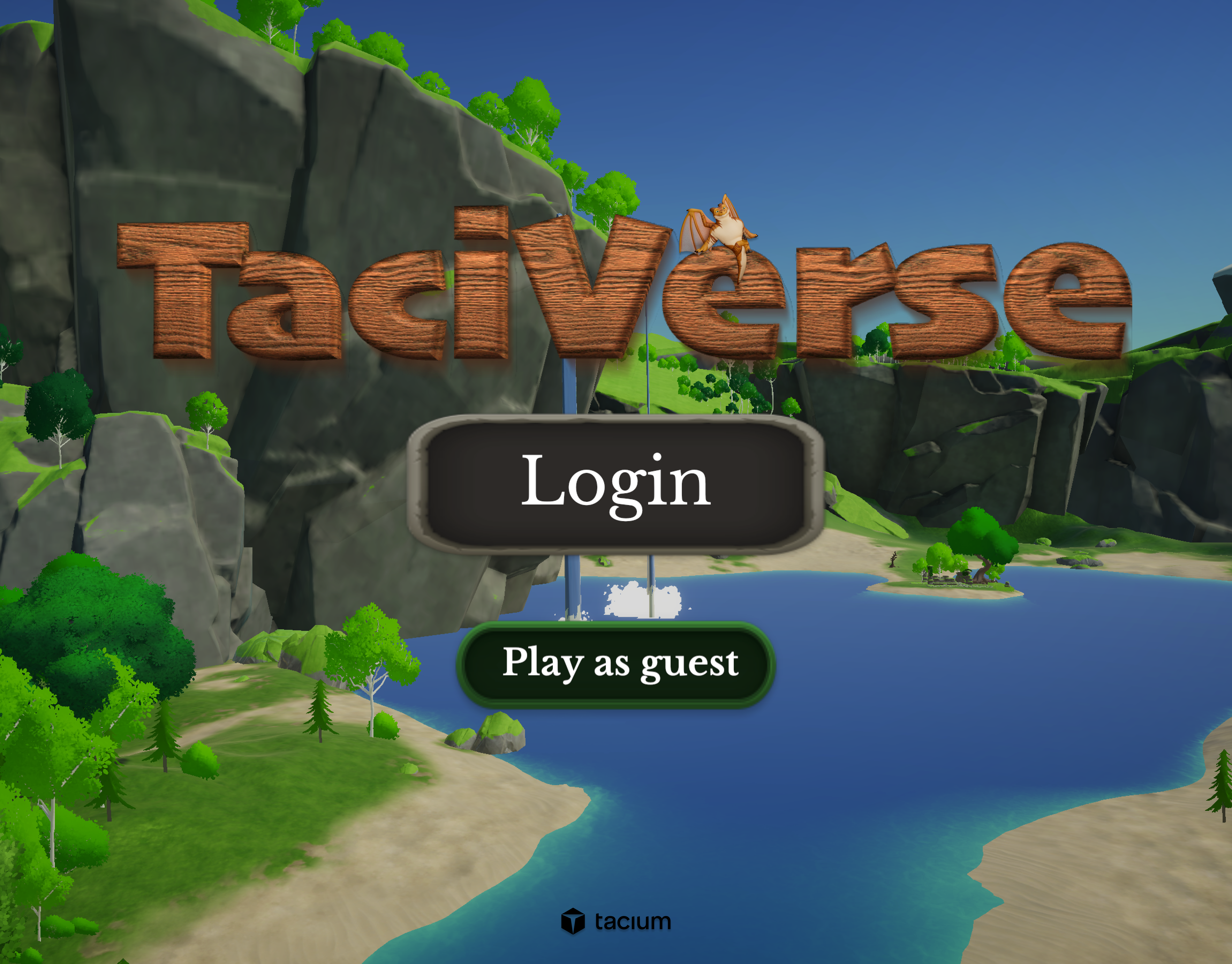2D Action Platformer | Vancouver Film School Team Project
Project Overview:
Deified is a 2D action platformer set in a neon-futuristic world. Players control Madam, a time-traveling assassin who uses a unique weapon, a single bullet capable of moving forward and backward through time.
The core gameplay combines fast movement, combat, and creative environmental puzzle-solving.
The core gameplay combines fast movement, combat, and creative environmental puzzle-solving.
As the Level Designer, my focus was to design gameplay spaces that taught mechanics naturally, challenged the player fairly, and reinforced the game's unique bullet manipulation mechanic through the environment.
My Roles:
Level Designer: Designed gameplay spaces, flow, and challenge structure.
Programmer: Implemented gameplay mechanics, environment interactions.
Programmer: Implemented gameplay mechanics, environment interactions.
Planning with a Metrics Chart:
To structure the player’s learning and progression, I created a metrics chart that mapped:
* Which mechanics would be introduced in each level.
* When new enemy types would appear.
* How would puzzle complexity gradually scale.
* When new enemy types would appear.
* How would puzzle complexity gradually scale.
Planning Approach:
* Early levels focused on basic movement and simple bullet interactions.
* Mid-game introduced shielded enemies, bullet puzzles, and environmental manipulation.
* Late-game combined advanced movement, puzzle-solving, and combat challenges under pressure.
Using a metrics chart allowed the entire team to align on player progression, ensuring that each level had a clear purpose and difficulty curve.
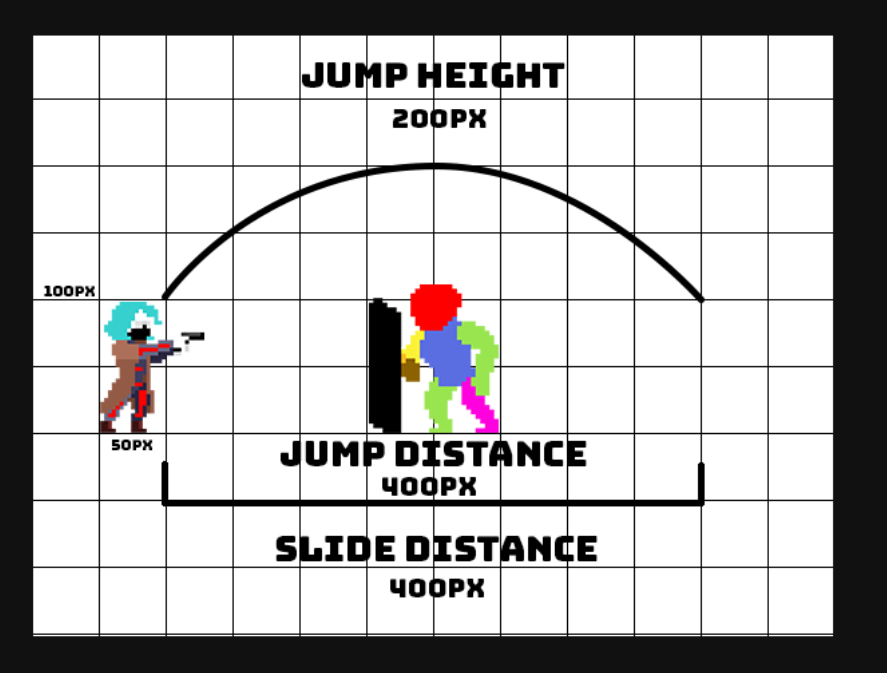


Importance of 2D Layout Planning
Every level began with 2D layout sketches, carefully planning:
* Player movement flow and rhythm.
* Opportunities for enemy placement, obstacles, and puzzles.
* The pacing of action versus calmer exploration moments.
* Opportunities for enemy placement, obstacles, and puzzles.
* The pacing of action versus calmer exploration moments.
Good 2D layouts were critical to designing levels that felt natural and rewarding.
If a level didn't work on paper, no amount of art or polishing would save it later.
Strong layouts created a foundation that allowed the bullet mechanic to shine.
If a level didn't work on paper, no amount of art or polishing would save it later.
Strong layouts created a foundation that allowed the bullet mechanic to shine.
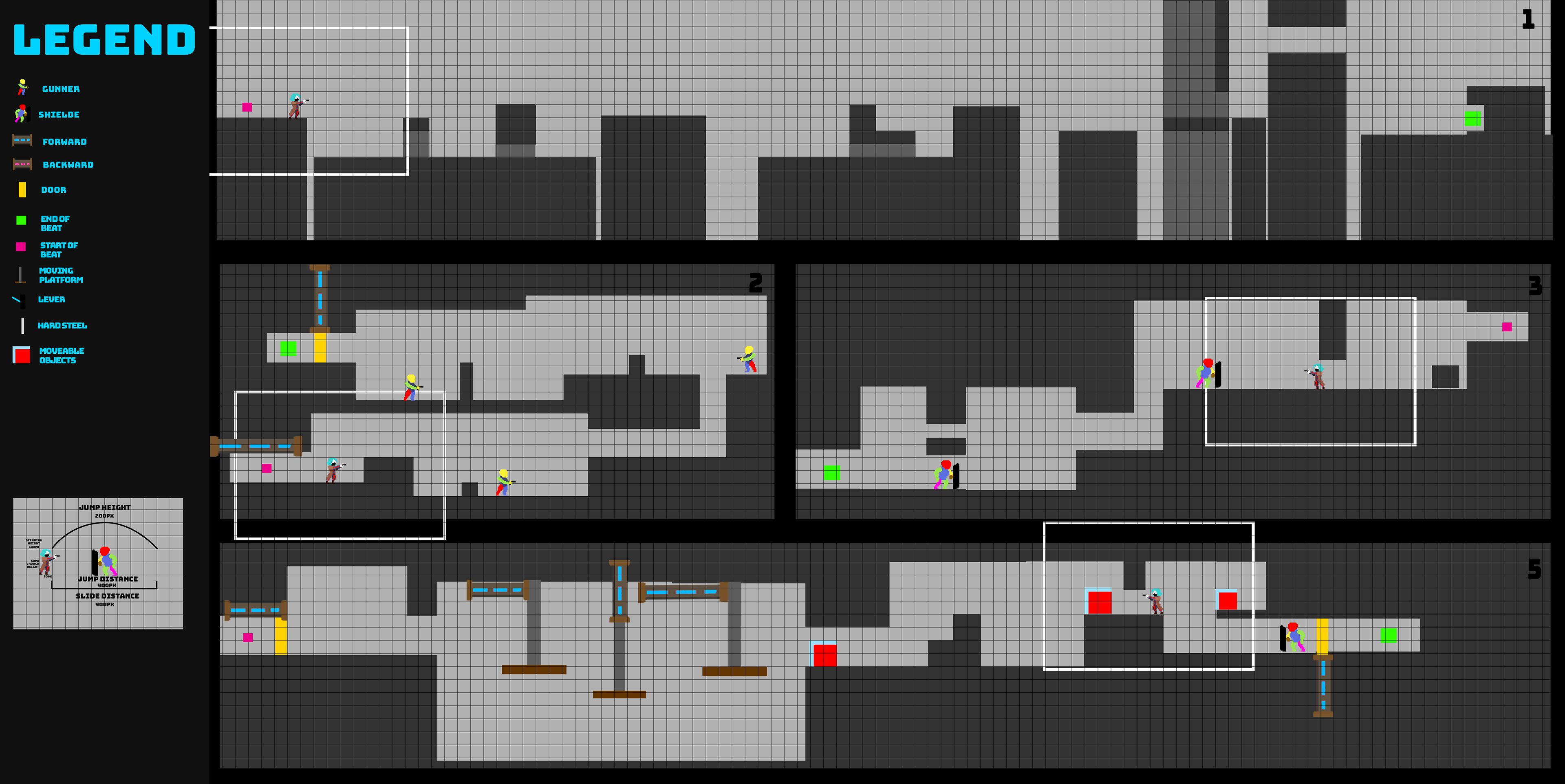
Fast Iteration with Simple Tiles
Once layouts were sketched, I quickly painted them into Unity using a basic tile sheet.
This process allowed for fast iteration by:
* Quickly building full levels using simple tiles.
* Testing movement flow, jump distances, and enemy interactions immediately.
* Adjusting wall placements, gaps, and encounter pacing in minutes, not hours.
This was the first moment to truly test whether the 2D layouts worked inside the real game environment.
Painting over simple tilemaps made it easy to:
Painting over simple tilemaps made it easy to:
Identify friction points or pacing issues early.
Shift layouts and fine-tune player experience before any detailed art or finalization.
Playtesting Early and Often
One of the most important parts of the process was starting playtests early, even when levels were still gray-boxed and unpolished.
Playtesting Focus:
* Observed player movement patterns and decision-making.
* Identified confusing areas, dead ends, or unnecessary complexity.
* Adjusted enemy placement, puzzle hints, and pacing based on real player feedback.
Frequent and early playtesting allowed me to make layout changes cheaply and quickly, leading to stronger, more enjoyable levels.
Key Takeaways from Deified
* Plan ahead using metrics to ensure players learn at the right pace.
* Prioritize strong 2D layouts before building detailed environments.
* Paint and playtest quickly with basic tilemaps to find and fix issues early.
* Playtest often to catch friction points before they become expensive problems.
Working on Deified reinforced how essential early planning, fast iteration, and frequent feedback are to building memorable, fair, and fun 2D levels.
Credits
Special thanks to my talented teammates:
William Cashin, Jacob Tallio, Jordan Benson, and Parker Mise.
And to the instructors at Vancouver Film School for their support and mentorship throughout the project.
And to the instructors at Vancouver Film School for their support and mentorship throughout the project.
